More than 100 drawings and sketches brought together over a 30-year period by Canadian Dr Dennis T Lanigan are on show in the UK for the first time. The collection comprises works by around 60 of the most prominent artists of the Pre-Raphaelite period, with many of the pictures portraying their wives and girlfriends.
Here we explore the story behind a selection of the pictures on show.
Clare Stephens by Frederic George Stephens
Paintings by Frederic George Stephens are rare as he was a practising artist for only a short time - before pursuing life as an art critic. Stephens also claimed to have destroyed nearly all his works.
This painting, however, remains and one can assume that is due to the sitter having some significance to the artist. It is believed that the portrait is of Stephens' wife Clare, who was apparently completely illiterate when Stephens met her. He taught her how to read and write and how to behave properly in society.
It was perhaps for this reason that the artist kept the early history of his relationship with his wife a closely guarded secret and only introduced Clare to his family and friends after their marriage in 1866.
Emma Madox Brown by Ford Madox Brown
Soon after Emma Hill began to model for the artist Madox Brown in 1848, the two became romantically involved and started having an affair. Their relationship progressed rapidly, and in September the couple spent a week together near Ramsgate, a trip later described by their grandson as their honeymoon.
This tender, delicately executed portrait was sketched on 5 April 1853, the day of Brown and Emma's wedding. They were married at St. Dunstanin-the-West, London, with Brown's good friends Thomas Seddon and Dante Gabriel Rossetti as the witnesses.
In Brown's depiction, he captures Emma's easy-going and gentle nature, which did much to balance his cantankerous disposition and moodiness. However, the path of love never did run smoothly for the couple. During the winter of 1851-52, Madox Brown was struck with severe depression, possibly even a nervous breakdown - as a result of overwhelming financial issues. But the two were able to overcome this together and remained happily married until Emma died in October 1890, Madox dying three years later in Primrose Hill.
Ellen Terry by George Frederic Watts
At the tender age of 16 the actress Ellen Terry wed the artist George Frederic Watts, a man thirty-years her senior. Watts felt the stage was no place for a young woman and by marrying Ellen, he could lead her away from the theatre, giving her an education and social acceptance.
Only a year into their marriage the couple separated - leading to a difficult divorce with many stipulations placed on Ellen; if she was to return to acting her allowance would be reduced dramatically. However, this did not hold the young actress back as she eventually became the leading English actress of her time.
This portrait of Ellen is extremely rare as Watts destroyed many of the portraits and studies he had produced of her after the breakdown of their marriage.
Fanny and Edith Holman Hunt by William Holman Hunt
After only a two-month engagement, Holman Hunt and Fanny Waugh (left) married on 28 December 1865. The artist professed his excitement in a letter to his friend, the sculptor Thomas Woolner, writing, "my engagement to Fanny Waugh may be spoken of publicly. It makes me more truly happy than I have been for many years".
Fanny often joined Hunt on his travels, claiming she had no intention of staying in England while her husband went off without her. It was, however, during one of their many trips that tragedy struck. While in Florence, Fanny died during childbirth.
The heartbroken Hunt wrote to his friend, art critic Frederick George Stephens: "I am alone now - more tragically solitary than ever I knew a man in this world could be… It is my one comfort that she loved me beyond all measure, that she valued this affection for me so highly that I was her first thought in the hope that her life might be spared to her."
Following Fanny's death, Hunt sought companionship in those closest to her, leading to his relationship with her younger sister Edith (right). The couple married in 1875 in Switzerland - marriage to the sibling of a deceased spouse was unlawful under British law.
This caused outrage amongst Edith's family and a permanent rift with friends of the couple.
The portraits of the sisters highlight their distinct likeness, especially as the image of Edith, created some ten years later, was executed in the same chalk technique.
Effie Ruskin by John Everett Millais
The lives of the Pre-Raphaelites were never without scandal, the story of the Ruskins and Millais being no exception. Ruskin met Millais after sending two letters to The Times in support of the Pre-Raphaelites. From then on Ruskin's wife, Effie, frequently modelled for Millais.
In 1853, the year in which the sketch was made, Millais accompanied the Ruskins on an extended holiday to the Trossachs in Scotland where Millais painted his famous portrait of Ruskin now in the Ashmolean Museum, Oxford. Over the course of the trip Millais and Effie became infatuated by one another and fell in love.
Millais' feelings for Effie are evident from a letter he wrote to William Holman Hunt, naming her "the sweetest creature that ever lived," and "the most pleasant companion one could wish." In his letter of 3 July he called her "the most delightful unselfish kind hearted creature I ever knew," and on 29 August he declared, "It would be quite impossible to stay here if it were not for Mrs Ruskin who is more delightful every day".
Scandalously, Effie's marriage to Ruskin was subsequently annulled on the grounds of non-consummation - giving rise to endless speculation as to the reasons why. Two years later Millais and Effie returned to Scotland, the place they had fallen in love, to marry.
Study of Iphigenia for Cymon and Iphigenia by Frederic Leighton
This sketch was made for one of Frederic Leighton's most famous pieces, Cymon and Iphigenia.
In the love story, written by Italian poet Giovanni Boccaccio, the mere sight of the radiant sleeping Iphigenia leads Cymon, a coarse Cypriot youth of noble birth, to fall madly in love, prompting his transformation from an ignorant brute into a devotee of grace, refinement and philosophy.
It is this idea of the powerful force of beauty that Frederic Leighton aimed to capture in his painting Cymon and Iphigenia, a work that his biographer Mrs Barrington felt expressed "most explicitly Leighton's creed of creeds - namely, the ennobling and elevating influence of beauty in the lives of men and women."
The sitter for Iphigenia was the actress Ada Alice Pullen, better known by her stage name Dorothy Dene, one of Leighton's favourite models. The luscious mood of the large canvas translates distinctly in this preparatory sheet, which is among Leighton's most remarkable works on paper.
Mens Conscia Recti by Edward Cllifford
In a famous passage in Virgil's Aeneid, Aeneas pledges his gratitude to the Carthaginian Queen Dido by invoking the powers of justice and of a mind conscious within itself of rectitude (mens sibi conscia recti).
A shorthand for this Latin phrase, Mens conscia recti, is inscribed, in the artist's hand, on a label affixed to the back of the present work's frame. In using this epithet as a title, Edward Clifford implies the virtue of the grave young woman whose profile he paints in this delicate but intense watercolour.
Crowned with a wreath of flowers - likely apple blossoms - her long, simply styled hair and resolute expression evoke righteousness. Clifford's sensitive landscapes and profoundly religious works attracted the patronage of the titled families of England, and the many watercolour portraits he made of his aristocratic friends are probably the works for which he is most remembered today.
Elizabeth Siddal by Dante Gabriel Rossetti
Muse and model to the Pre-Raphaelites, Elizabeth Siddal, affectionately referred to by the Pre-Raphaelites as Lizzie, was the subject of some of their most famous works, including Millais' Ophelia in 1852, and was herself a talented artist.
It was two years prior to the completion of that notable work that Lizzie met Dante Gabriel Rossetti. The couple connected instantly and their relationship soon became romantic, leading to marriage.
Rossetti's infatuation with Siddal is evident from the amount of paintings he completed of her, thought to number in the hundreds, and from 1851 Rossetti solely painted her, preventing any other Pre-Raphaelite artist from using her as a model.
Only two years after they wed Lizzie died of a laudanum overdose, at the tender age of 32. Shortly before her death Rossetti accompanied Lizzie to Scalands in Sussex. The artist and his companions Smith and Howitt all drew Lizzie, her hair adorned with irises.
These intimate portraits provide a memento of a bright time, which Rossetti recorded with these words: "Everyone adores and reveres Lizzy. B.S., Miss Howitt, and I made sketches of her dear head with iris stuck in her dear hair the other day, and we all wrote up our monograms on the panel of the window, in memorial of the very pleasant day we had spent at the farm."
Softened Luster in Her Eye by Alfred Hassam
Not a great deal is known about Alfred Hassam, particularly his artistic training. Hassam was principally a watercolour painter but also worked in oils.
Shown at the Dudley Gallery in 1867, this watercolour is surprisingly progressive for the period, as avant-garde as anything produced at the time by Dante Gabriel Rossetti, Edward Burne-Jones, James McNeill Whistler, Albert Moore and their circle.
However, perhaps due to his promising career being tragically cut short by his premature death on 2 June 1869 at the age of 27 from tuberculosis, Hassam is not mentioned in any of the published artists' reminiscences dealing with this period.
(BBC)
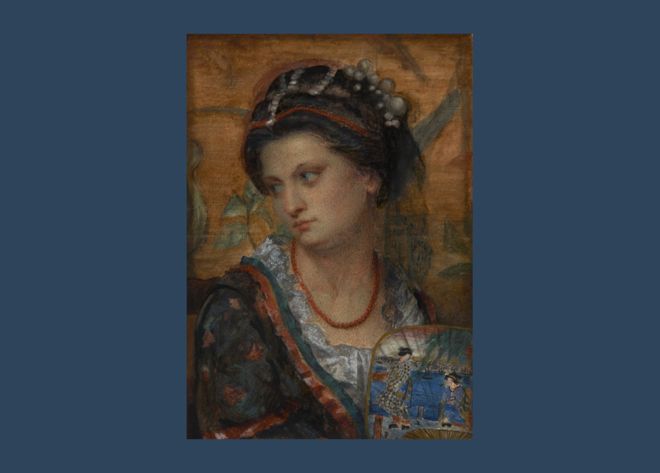
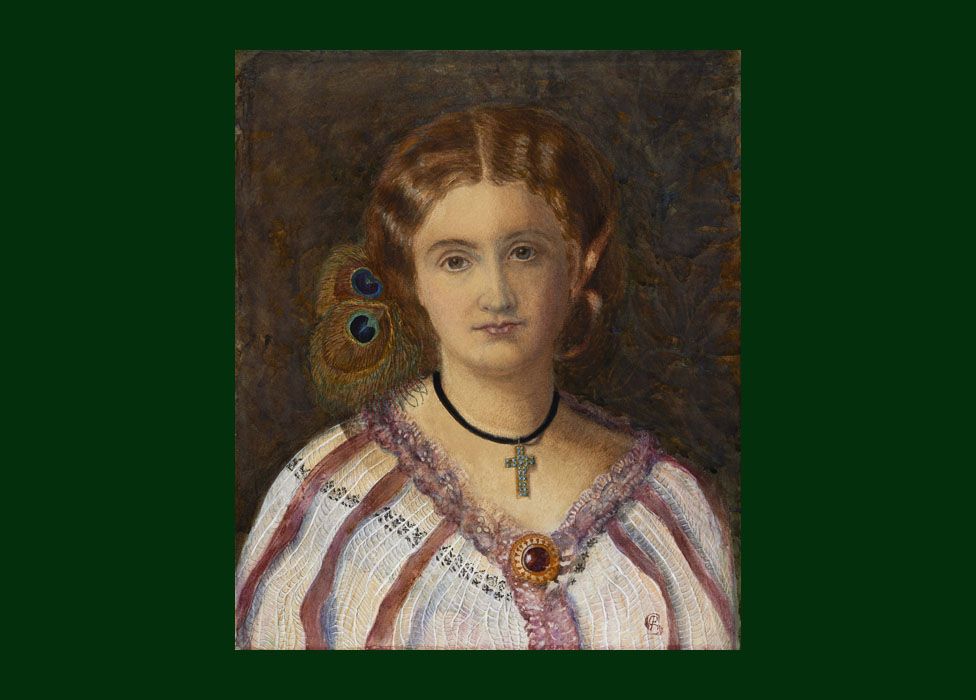
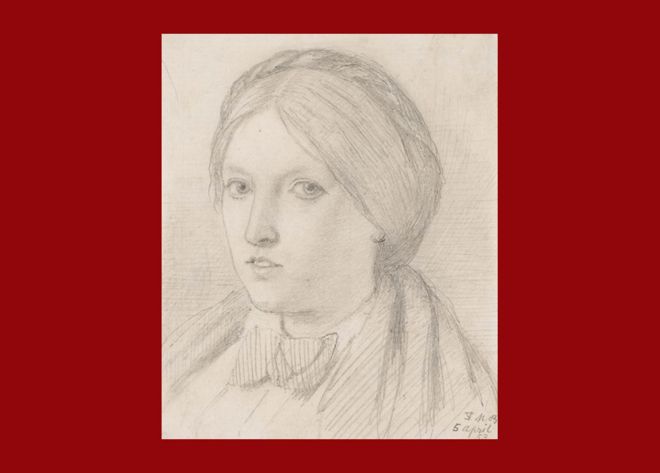
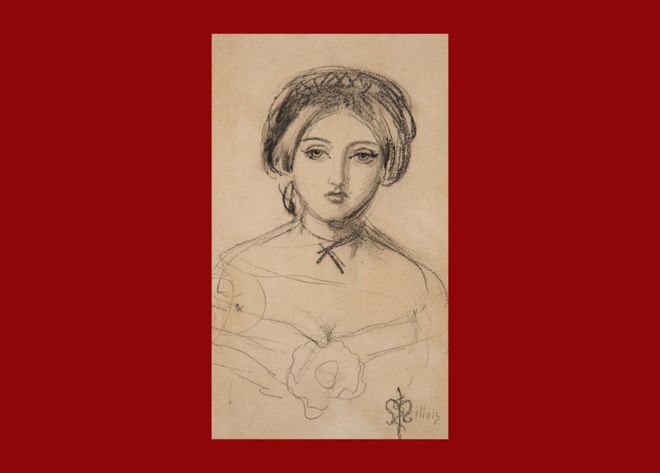
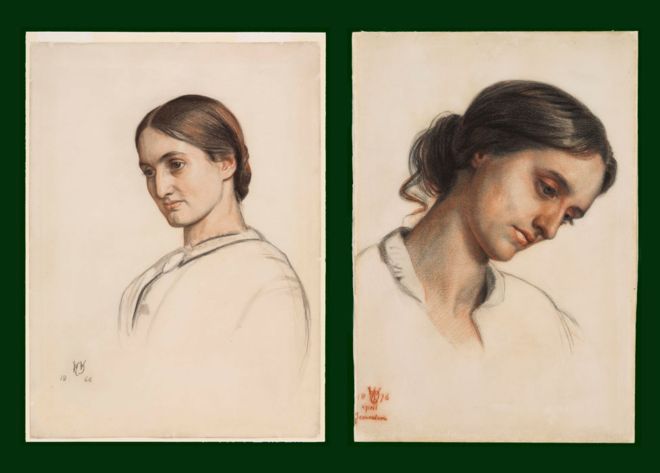
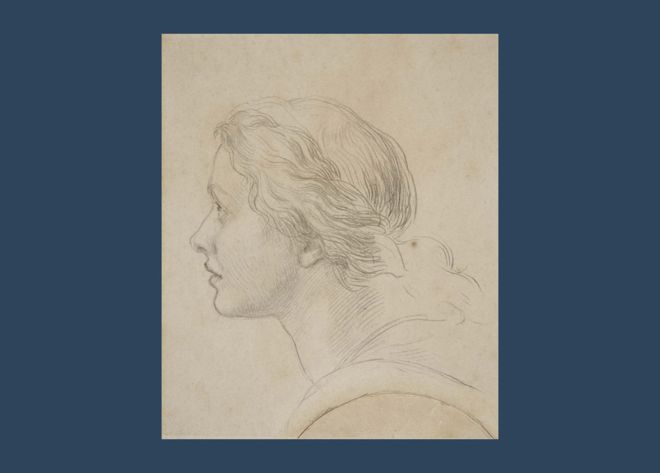
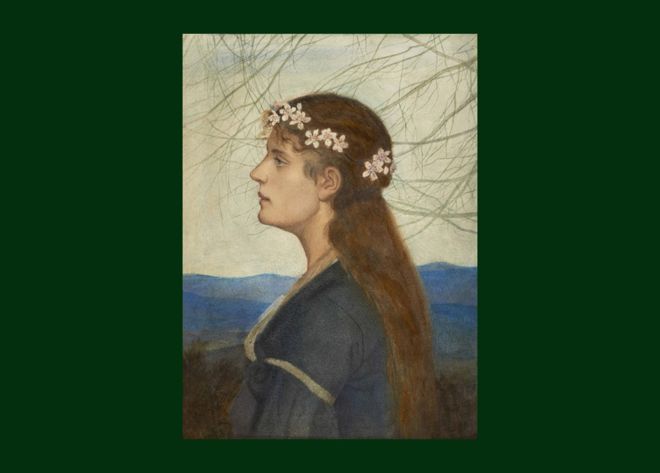
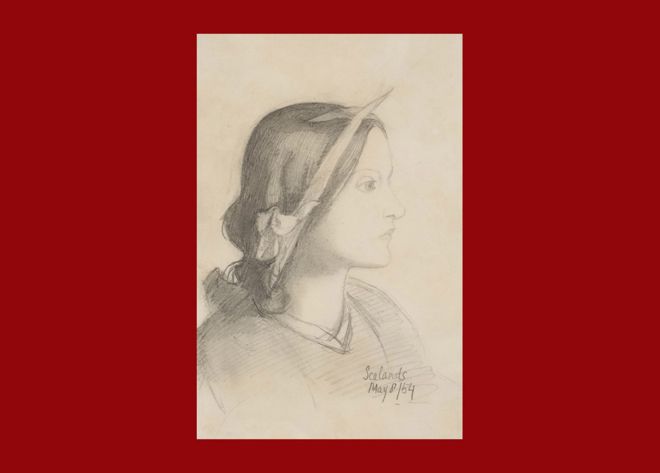
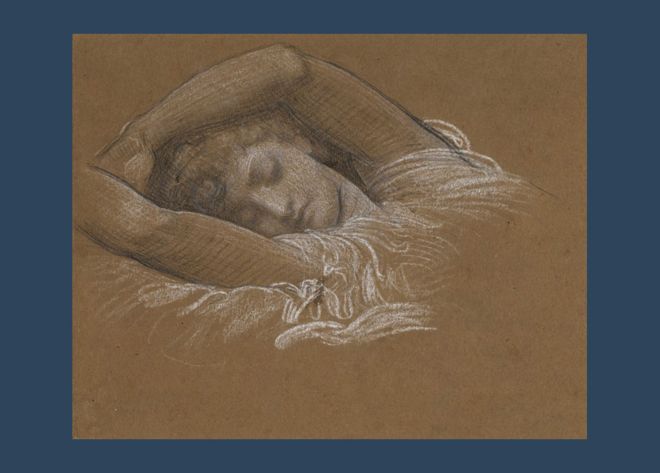
www.bakuinfo.az





